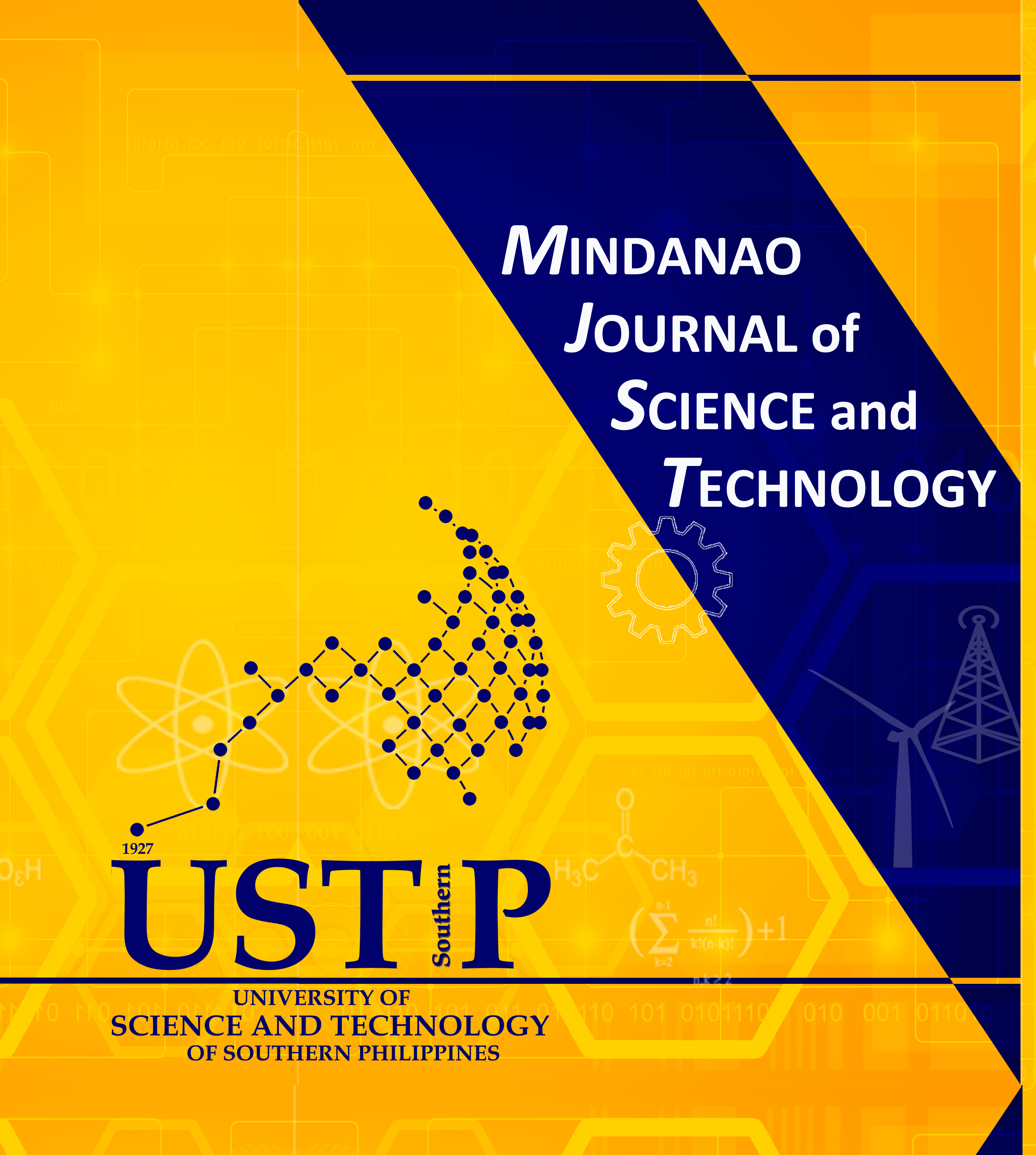Evaluation of Plant and Flower Characteristics of selected 15-Gy irradiated Phalaenopsis aphrodite
Keywords:
breeding, butterfly orchids, gamma irradiation, mutation, PhalaenopsisAbstract
Phalaenopsis or butterfly orchid is found in tropical countries and can be classified as terrestrial, epiphytic, or lithophytic. Because Phalaenopsis aphrodite’s flowers are purely white, attempts were made to modify them through gamma irradiation. A 15-Gy dose of gamma irradiation effectively induced mutation in P. aphrodite. In this study, three mutant plant selections, previously irradiated with 15 Gy, were characterized based on the leaf, root and flower traits and compared these traits with that of the untreated P. aphrodite. The plant selections have purple to light purple flowers in contrast to the control plants with pure white flowers. Flower, leaf and root characters of irradiated plants were observed to be significantly different from untreated plants. Irradiated plants are smaller, compact and dwarf at the flowering stage. In addition, more primary roots and increased chlorophyll content were observed in irradiated plants. They also have shorter spikes with lesser flowers. Furthermore, smaller flowers and thinner leaves were also detected in the irradiated plants. In addition, after self-pollination, irradiated plants obtained shorter pods. Currently, the three 15-Gy irradiated P. aphrodite plants are being self-pollinated and grown in vitro. They will then be further grown to assess the stability of phenotypic traits observed in the first generation.










